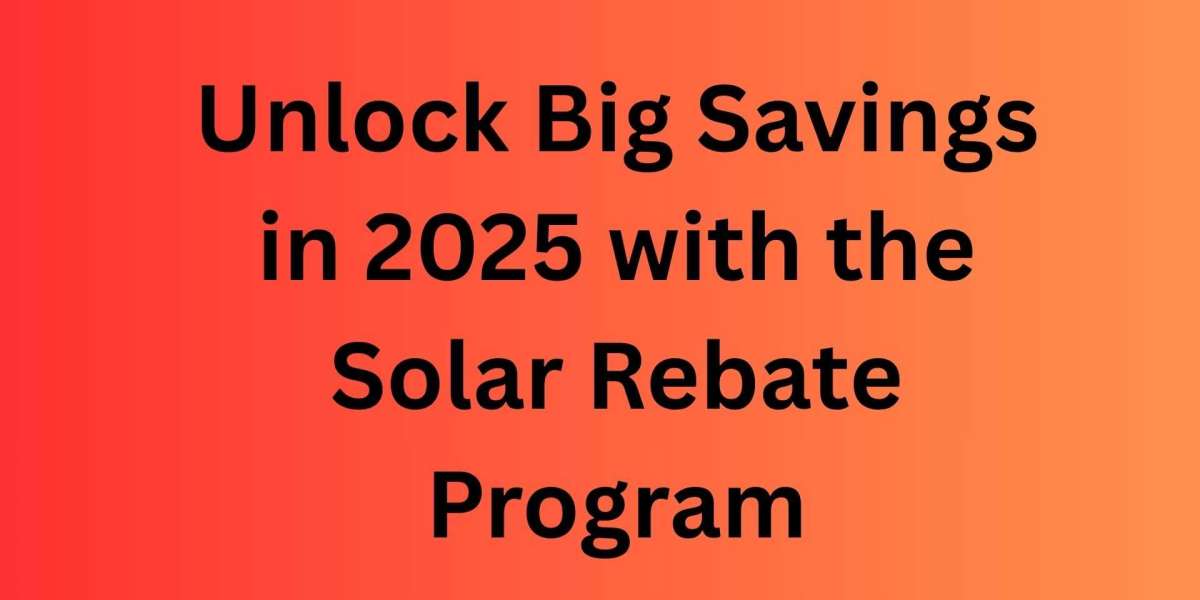As energy prices continue to rise and climate change remains a pressing issue, more Australians are turning to solar power to cut down on electricity bills and reduce their environmental impact. One of the biggest incentives driving this shift is the solar rebate—a government-backed program that makes installing solar panels more affordable for both households and businesses.
What Is a Solar Rebate?
A solar rebate is a financial incentive offered by the Australian Government to reduce the upfront cost of installing solar power systems. This rebate is not a direct cash payout but a reduction in the cost of your system, made possible through the creation of Small-scale Technology Certificates (STCs). These certificates are generated based on the size of your solar system and your geographic location, and they’re traded to recoup part of your installation costs.
The more solar capacity you install, the more STCs you earn—and the bigger your rebate. In 2025, the number of STCs available is gradually reducing each year until the program winds down in 2030. That means acting sooner can result in greater savings.
How Much Can You Save?
On average, the solar rebate can reduce the cost of a standard 6.6kW solar system by $2,000 to $3,000, depending on your location and the market price of STCs at the time of installation. This means a system that might typically cost $9,000 could end up costing closer to $6,000 after rebates.
When you factor in long-term electricity bill savings—often up to 60–80%—the return on investment becomes even more attractive. Most solar systems pay for themselves within 3 to 5 years.
Who Is Eligible for the Rebate?
The solar rebate is available to:
Homeowners and small businesses
Those installing new, eligible solar PV systems under 100kW
Systems installed by Clean Energy Council (CEC) accredited installers
There are no income tests or restrictions, which makes this rebate accessible to a wide range of people. However, the system must be installed on a property that is either owned or legally occupied by the applicant.
How to Claim the Solar Rebate
You don’t need to apply for the rebate yourself—most installers will handle the paperwork and deduct the rebate amount directly from your quote. Just make sure your installer is CEC-accredited and that they provide you with a full breakdown of the system cost, the rebate applied, and the final price.
It’s always a good idea to get multiple quotes to compare the rebate savings, equipment quality, and warranty offerings.
State-Based Rebates and Incentives
In addition to the federal solar rebate, several Australian states and territories offer their own incentives. For example:
Victoria offers additional rebates of up to $1,400 plus interest-free loans
South Australia has battery incentives for homes adding storage
New South Wales offers no-interest solar loans through the Empowering Homes program
These can be combined with the national solar rebate for even greater savings.
Final Thoughts
The solar rebate is a powerful incentive that makes solar energy more accessible and financially viable for Australian households and small businesses. With STCs decreasing each year, now is the time to take advantage of this scheme before the savings shrink.
Whether you're looking to slash your power bills or make an eco-friendly investment in your property, solar power backed by government rebates is a smart move in 2025.




